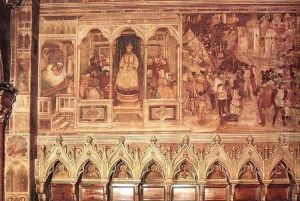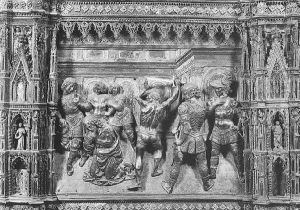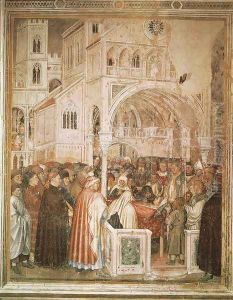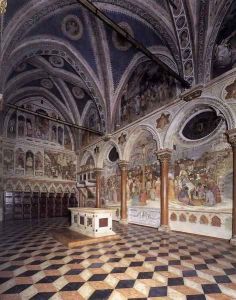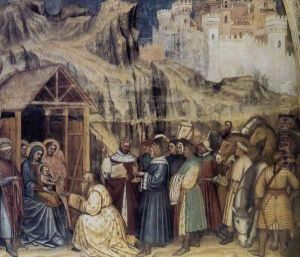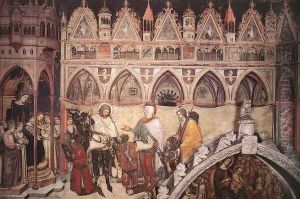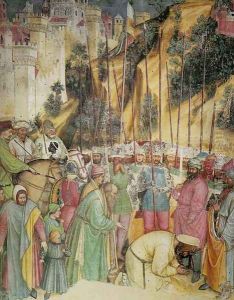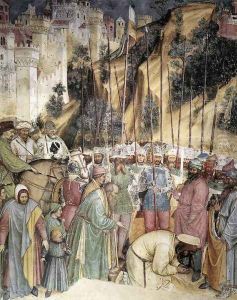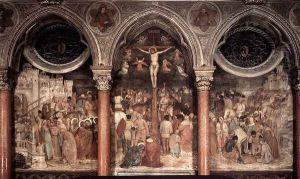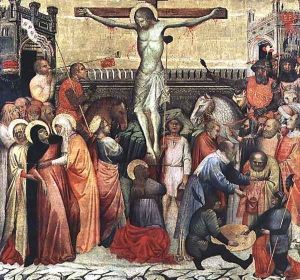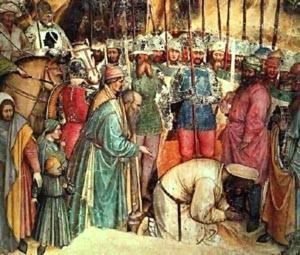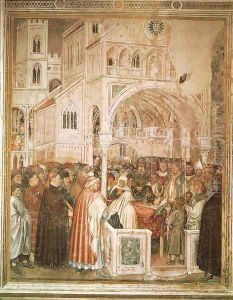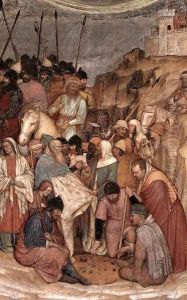Altichiero da Zevio Paintings
Altichiero da Zevio, an Italian painter of the Gothic style, was born around 1330 in Zevio, near Verona. He is considered one of the most important artists of the Veronese school and is renowned for his contributions to the development of Italian fresco painting. Altichiero's work is characterized by its detailed narrative scenes, vibrant colors, and depth of perspective, which was innovative for his time. Altichiero's career is mostly documented through his works in Padua and Verona. In Padua, he executed significant frescoes in the Basilica of Saint Anthony and the Oratory of San Giorgio. His work in the Basilica of Saint Anthony is particularly noted for its detailed portrayals of saints and biblical stories, capturing the essence of religious devotion with profound realism. The Oratory of San Giorgio frescoes, on the other hand, are celebrated for their dynamic compositions and the portrayal of figures with individuality and emotion. In addition to religious works, Altichiero was also known for his secular commissions. His ability to infuse scenes with a sense of narrative and his attention to the details of daily life were ahead of his time, contributing to the evolution of later Renaissance art. Despite his significant influence, many details of Altichiero's life remain obscure, and much of his work was only attributed to him in the late 19th and early 20th centuries, following art historical research. He is believed to have died around 1390 in Verona. Altichiero's legacy lies in his pioneering approach to fresco painting, which set the stage for future generations of Italian artists.
